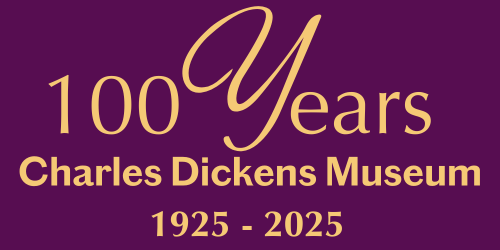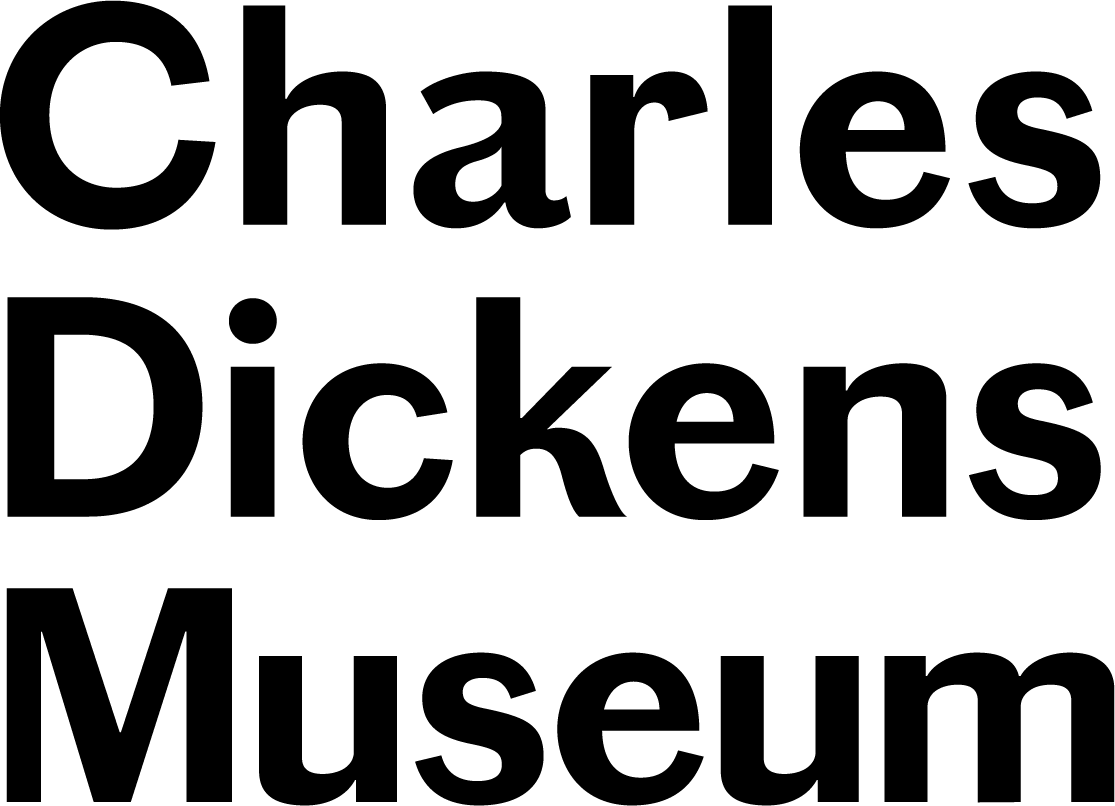The House Which Inspired Oliver Twist

London! – that great place! – nobody, not even Mr Bumble – could ever find him there! He has often heard the old men in the workhouse, too, say that no lad of spirit need want in London; and that there were ways of living in that vast city, which those who had been bred up in country parts had no idea of.
London! It is still an incredible place, almost two centuries after Charles Dickens first wrote those words. For Dickens, London was his ‘magic lantern.’ It’s true that at times he found it too much – too much noise, too much dirt, too much filth. But once away from the grime of the big city, he found he struggled to write without it. That’s probably how most Londoners feel today. How often we all moan about the capital; the tube, the train, the hustle and bustle. Yet take us away for just a few days, and we’re hankering to get back again.
Dickens used London to fuel his imagination. He wandered the winding streets, even at night, making notes on the people and the places he encountered. His stories are full of the small details which smack of the real and the intimate. Remember the little orphan, Oliver Twist, asking the beadle every quarter of a mile, “Are we there yet?”
It is Oliver Twist in particular, which is perhaps Dickens’s most well-loved novel. It’s got it all; love, betrayal, hope and murder. It is filled with some of the most memorable characters ever created in English literature. It was written in the study, here at 48 Doughty Street, and perhaps more than any other Dickens novel, it is intimately connected with the London that Dickens encountered while living here.
Flanking Doughty Street are two smaller streets, known as ‘mews.’ These were stables where horses, coaches and grooms were housed. One of these is called Brownlow Mews, so Dickens may have taken his character’s name from his local stable!
There are two other real, but rather heartbreaking, examples of local places which may well have inspired Oliver Twist. Firstly, just a short walk from Doughty Street was the Foundling Hospital. This was a place in which parents who could not look after their children, usually through extreme poverty, could leave their children to be raised by the charity instead.
Dickens was a financial supporter of the Foundling Hospital through much of his life, so he encountered orphaned and abandoned children on a fairly regular basis. The concept of a child being separated from their family, through extreme poverty and abandonment, was something that would have been very present in Dickens’s community.
Just a 20-minute walk from Dickens’s front door was the Strand Union workhouse on Cleveland Street. The purpose of the workhouses was to provide care as cheaply as possible for people with no other means of support. In the 1830s, they were deliberately harsh places so as not to encourage people to stay any longer than necessary. Families who were admitted to the workhouse would be separated and given work to do in return for food and shelter.
Dickens begins Oliver Twist with a young woman’s death, in childbirth, in a workhouse.
“She was brought here last night,” replied the old woman, “by the overseer’s order. She was found lying in the street; - she had walked some distance, for her shoes were worn to pieces; but where she came from, or where she was going to, nobody knows.”
The surgeon leant over the body, and raised the left hand. “The old story,” he said, shaking his head: “no wedding ring, I see. Ah! Goodnight.”
Oliver Twist was a story which was written to be relatable and believable. The callous attitude of the workhouse staff, and the shocking reality of an exhausted, pregnant woman being found lying in the street, were things which ordinary people would have been familiar with in their own daily lives. The proximity of Doughty Street to both the Strand Workhouse and the Foundling Hospital makes it easy to see how the idea of an orphan’s tale may have formed in Dickens’s mind.
Dickens sought out the less ‘respectable’ parts of London to explore. Think of his description as Oliver follows the Artful Dodger to the home of Fagin:
A dirtier or more wretched place he had never seen. The street was very narrow and muddy, and the air was impregnated with filthy odurs. There were a good many small shops; but the only stock in trade seemed to be heaps of children, who, even at that time of night, were crawling in and out of doors, or screaming from the inside. The sole places that seemed to prosper amid the general blight of the place were the public-houses … drunken men and women were positively wallowing in filth; and from several doorways, great ill-looking fellows were cautiously emerging, bound, to all appearance, upon no very well-disposed or harmless errands.
This passage describes Saffron Hill, a real street in London less than 10 minutes’ walk from Dickens’s own front door. This scene is presented as part of a work of fiction, but it is very likely to be Dickens’s own, very real, perception of what he saw as he wandered through Saffron Hill late at night.
Oliver Twist was also inspired by the private life of Dickens, while he lived here at 48 Doughty Street. When Charles and Catherine moved here, they were joined by Catherine’s sister, Mary Hogarth; it was common practice for a younger sister to learn how to manage a home and family this way.
One night, in May 1837, after the family returned from an evening at the theatre, Mary collapsed and fell into unconsciousness. She died the following day. Aged only 17, her death had a profound effect on the whole family, and Dickens even missed the publication date for that month’s installment of Oliver Twist. But he also introduced a new character into the novel: Rose Maylie, a young woman of Mary’s age, is sweet, innocent and kind. She transpires to be Oliver’s maternal aunt, just as Mary was the aunt to Dickens’s own children. In the novel, she too falls ill and Dickens describes:
Oh! The suspense, the fearful, acute suspense, of standing quite idly by while the life of one we dearly love, is trembling in the balance! Oh! The racking thoughts that crowd upon the mind, and make the heart beat violently, and the breath come thick, by the force of the images they conjure up before it; the desperate anxiety to be doing something to relieve the pain, or lessen the danger, which we have no power to alleviate; the sinking of soul and spirit, which the sad remembrance of our helplessness produces; what tortures can equal these?
In Oliver Twist, however, Rose recovers. She finds happiness, gets married, and cares for Oliver. Dickens creates the happy ending for Rose that he could not give to Mary.
Could Charles Dickens have written Oliver Twist had he not lived here in 48 Doughty Street? Of course he could. His mind was full of creative genius. But would his story have become the book it did? Perhaps not. His proximity to real orphaned children, to the workhouse, to Saffron Hill and the poverty that permeated it, all helped shape his writing. The loss of Mary Hogarth, while living here, caused Dickens to reshape the novel, introduce themes of anxiety, loss, love and hope in new ways. 48 Doughty Street may not have created the whole tale of Oliver Twist, but it certainly helped inspire a story that is more than a book; it is a literary masterpiece. As Dickens himself summarised:
I have perhaps the best subject I ever thought of… I have thrown my whole heart and soul into Oliver Twist…
Purchase our Walking with Dickens Self Guided Audio Tour
Book Tickets to the Charles Dickens Museum

